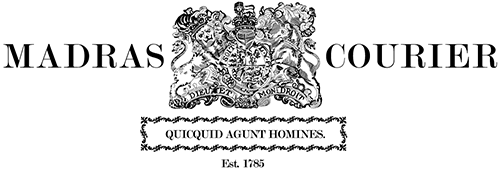Brexit & Britain’s Curry Houses
Britain’s Curry houses employ more people than shipbuilding, steel, & coal industries. Why are they on the decline?
Britain’s Curry houses employ more people than shipbuilding, steel, & coal industries. Why are they on the decline?
Bhimjee Parekh, the tycoon who introduced the printing press in India, led the merchant protest against Aurangzeb.
Is Meghan Markle and Prince Harry’s wedding the most prominent mixed-race marriages in the crown’s recent history?
Asgardia, the world’s first ‘Space Kingdom’ was born when a 2.8 kilogram CubeSat was launched on an Orbital ATK rocket.
One of India’s exquisite architectural marvels, symbolic of Vedic astronomy, chronicles the mythology of celestials.
Thanks to Illegal Wildlife Trade, the Flame-Lily, one of the greatest medicinal plants is disappearing.
India’s first Nobel Prize, awarded to Rabindranath Tagore, was stolen & never found; the Nobel Foundation gave two replicas.
Coconut, Banana, and Twinkie are racial slurs – slang terms for those who are from a ‘third culture.’
Ratirahasya, a sex-manual written in the 12th-century, tells how men and women were classified and represented.
“It is the element of unpredictability in art that seems to fascinate me strongly” – Rabindranath Tagore
There is one thing that Gandhi, Nehru, Indira, and Modi have in common – a cult-like, larger than life personality.
Many aspects of xenophobia, discrimination on the basis of caste, colour and creed, existed in India for centuries.
The Godna tattoo, once associated with serial killers & wayfarers, is now a millennial fashion statement.
India’s flood-prone states have much to learn from the Yolo Bypass & the Dykes in the Netherlands on how to manage floods.
In the 16th-century, Ikhlas Khan, an Abyssinian slave, ruled the Deccan sultanate as the Prime Minister.
